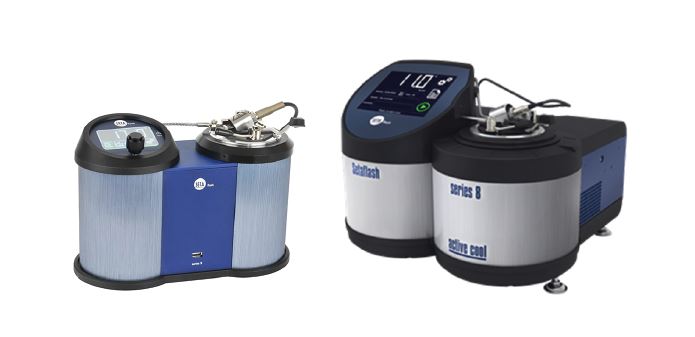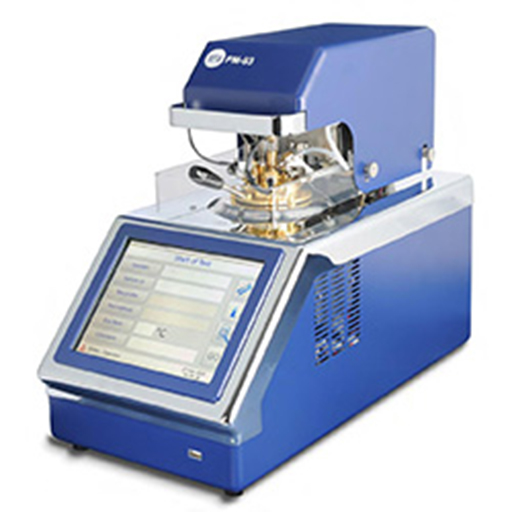Why Measure the Flash Point of Waste
The management and disposal of waste materials are internationally regulated, with downstream legislation that includes laws protecting the environment, consumers, and workers.
There are significant consequences surrounding the correct classification of waste materials, the industry has a ‘duty of care’ regarding the associated risks of managing waste materials with significant financial and legal penalties if these are not followed.
The EPA developed regulations to ensure safe management and cleanup of solid and hazardous waste. The RCRA regulations are contained in Title 40 of the Code of Federal Regulations (CFR) parts 239 through 282.
Part 261.21 defines ignitability, which is one characteristic of hazardous waste.
261.21 Characteristic of ignitability.
(a) A solid waste exhibits the characteristic of ignitability if a representative sample of the waste has any of the following properties:
(1) It is a liquid, other than a solution containing less than 24 percent alcohol by volume and at least 50 percent water by weight, that has a flash point less than 60 °C (140 °F), as determined by using one of the following ASTM standards: ASTM D93-79, D93-80, D3278-78, D8174-18, or D8175-18 as specified in SW-846 Test Methods 1010B or 1020C (all incorporated by reference, see § 260.11 of this subchapter).
The definition from the CFR includes two new test methods that were standardised by the EPA with the help of Stanhope-Seta in 2018. These tests were later added to the CFR.
SW-846 consists of guidance as to what test methods to use. This includes 1010B (Test Methods for Flash Point by Pensky-Martens Closed Cup Tester) and 1020C (Standard Test Methods for Flash Point by Setaflash (Small Scale) Closed-Cup Apparatus). These two methods include D8175 and D8174. Therefore, where 1010B and 1020C are mentioned in regulations, the new test methods are included also.
Waste Regulations and Controls
- US Environmental Protection Agency Resource Conservation and Recovery Act (RCRA)
- EU CLP Regulation 1272/2008 – Classification, Labelling and Packaging (CLP) of substances
- EU Directive 2008/98/EX – properties of waste which render it hazardous
- EU Directive 96/61/EC – Industrial Pollution & Prevention Control Directive
- EU Directive 2008/98/EC – waste oils
- Waste is considered hazardous if it exhibits one or more of these characteristics: flammability, corrosivity, reactivity, toxicity.
Test Methods
Commonly specified flash point tests include ASTM D8174 (Setaflash Small Scale) and ASTM D8175 (Pensky-Martens)
Setaflash Small Scale
ASTM D1655; ASTM D3278; ASTM D3828; ASTM D7236;
ASTM D8174; ASTM E502
- Electric ignitor or gas
- Requires just 2 ml of sample and a test takes under 2 minutes
- Tests can be carried out on site rather than sending samples to a test house, saving time and money
- Automatic flash detection and barometric correction
- Full touch screen display
- USB output and results storage


